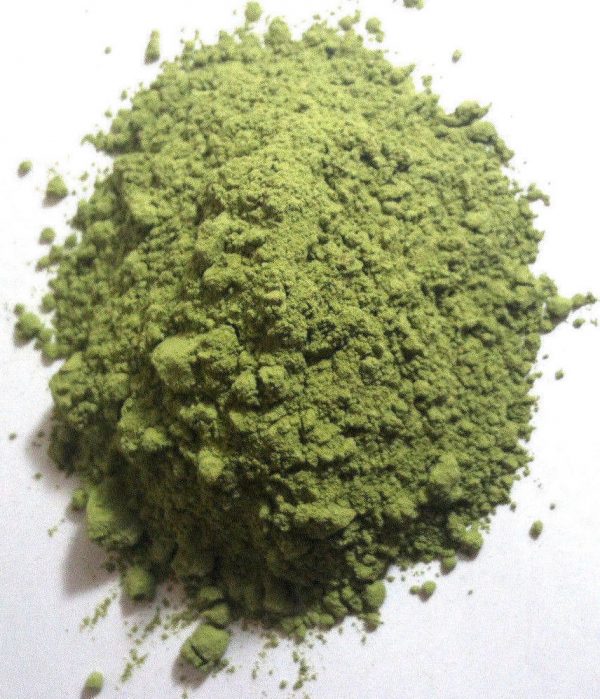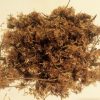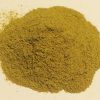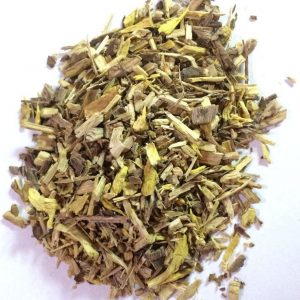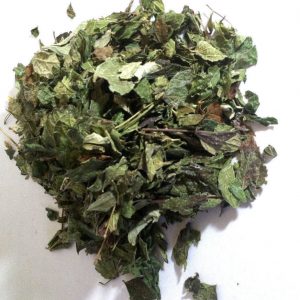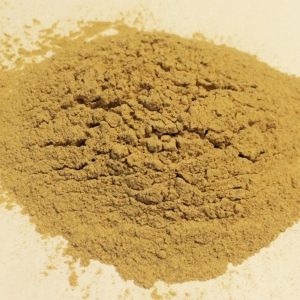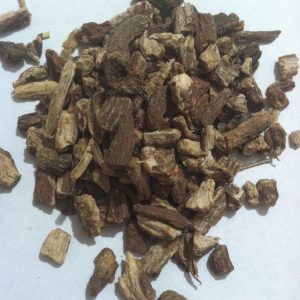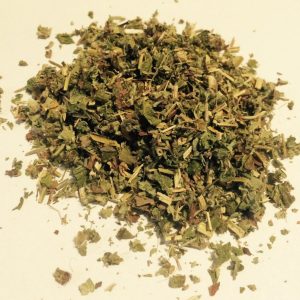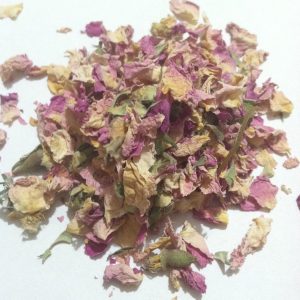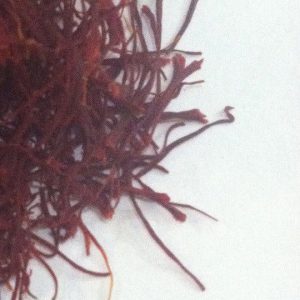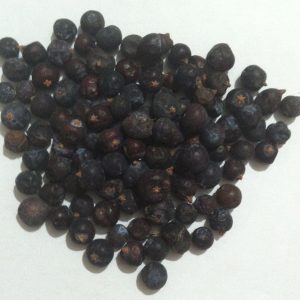Description
Moringa Oleifera Information:
Moringa oleifera is the most widely cultivated species of the genus Moringa, which is the only genus in the family Moringaceae. English common names include: moringa,[2] drumstick tree (from the appearance of the long, slender, triangular seed-pods), horseradish tree (from the taste of the roots, which resembles horseradish), ben oil tree, or benzoil tree (from the oil which is derived from the seeds). It is a fast-growing, drought-resistant tree, native to the southern foothills of the Himalayas in northwestern India, and widely cultivated in tropical and subtropical areas where its young seed pods and leaves are used as vegetables. It can also be used for water purification and hand washing, and is sometimes used in herbal medicine.
The leaves are the most nutritious part of the plant, being a significant source of B vitamins, vitamin C, pro vitamin A as beta-carotene, vitamin K, manganese, and protein, among other essential nutrients. When compared with common foods particularly high in certain nutrients per 100 g fresh weight, cooked moringa leaves are considerable sources of these same nutrients. Some of the calcium in moringa leaves is bound as crystals of calcium oxalate though at levels 1/25th to 1/45th of that found in spinach, which is a negligible amount. The leaves are cooked and used like spinach and are commonly dried and crushed into a powder used in soups and sauces. As with most foods, heating moringa above 140 °F destroys some of the nutritional value.
For Educational Purposes Only.
These Statements have not been evaluated by the FDA.



